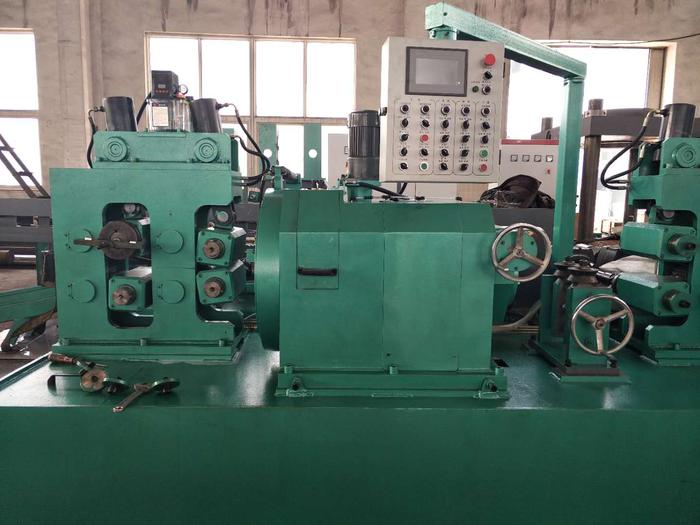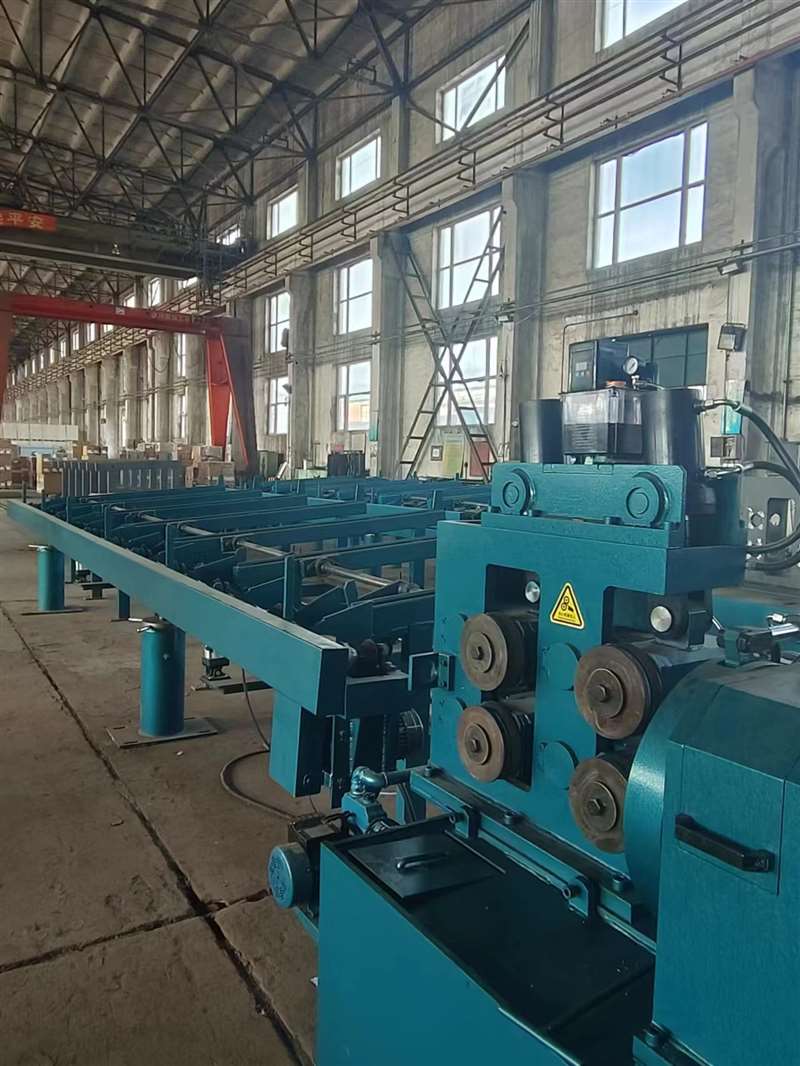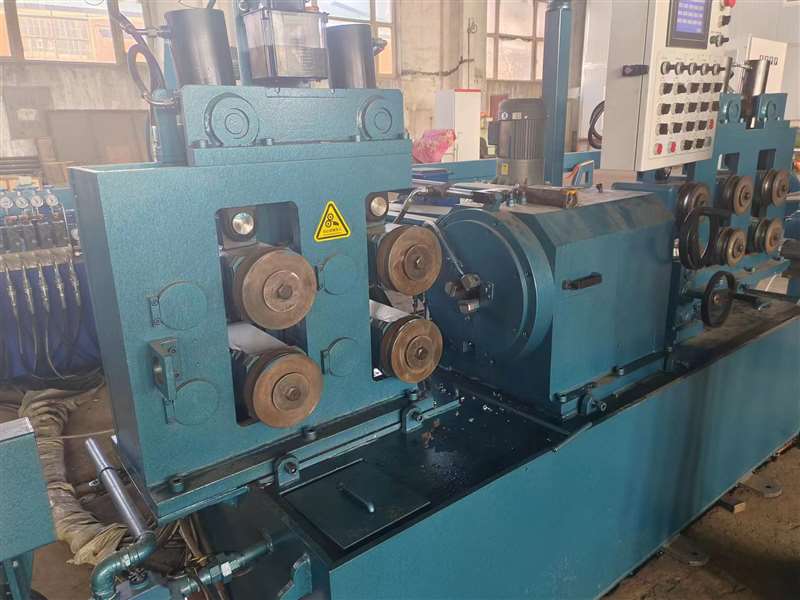- Essential Maintenance and Refueling Guide for Centerless Grinders
- Essential Maintenance and Refueling Guide for Centerless Grinders
- Essential Maintenance and Refueling Guide for Centerless Grinders
- Steel Peeling Machines: Advantages and Applications
- Why Choose Mingcheng Peeling Machine? Boost Production Efficiency and Create Dual Profits
- Metal Materials and Their Development Trends
E-mail:liu@mingchenggroup.com
Phone:+86 13322202758
QQ:605712576
Address:No. 20, Gangwan Street, Zhongshan District, Dalian City, Liaoning Province
Common Defects in Centerless Grinding
Centerless grinders are precision machines that do not rely on the workpiece axis for grinding. These machines consist of three main components: the grinding wheel, the adjusting wheel, and the workpiece support. Despite their precision, defects can occur during the grinding process, impacting the quality of the finished part.
Parts may fail to achieve roundness due to factors such as an unrounded guide wheel, insufficient grinding time, excessive ellipticity from earlier processes, a dull grinding wheel, or excessive grinding and feed amounts. Resolving this requires rebuilding and rounding the guide wheel, increasing grinding frequency, and reducing grinding amounts or re-tooling speeds.
Parts may develop edges or polygons due to incorrect part center height, excessive axial thrust leading to uneven rotation, or an unbalanced grinding wheel. Accurate alignment of the part center is crucial, along with adjusting the inclination angle of the guide wheel. Balancing the grinding wheel and lowering the part center height can also eliminate these issues.
Vibration marks on the part surface may result from machine vibration due to an unbalanced grinding wheel, improper part center advancement, a dull grinding wheel, or excessive guide wheel speed. Balancing the grinding wheel and lowering the part center height can mitigate vibrations. Additionally, increasing the grinding wheel dressing speed, reducing guide wheel speed, and ensuring proper operation will improve surface quality.
Parts exhibiting taper may be caused by misaligned guide plates, improperly dressed grinding wheels, or worn grinding and guide wheel surfaces. Aligning the front and rear guide plates parallel to the guide wheel generatrix and regularly maintaining the wheel surfaces will help address taper. For parts with larger centers than ends, adjust the guide plates to a balanced position and modify the grinding wheel with care.
Circular threads may occur due to protruding guide plates, soft support materials, contaminated coolant, over-grinding at the part exit, or excessive grinding wheel pressure. Adjusting the guide plates, replacing softer bristles with harder, lubricated materials, and cleaning the coolant are effective solutions. Reducing grinding amounts and rounding the grinding wheel edges can also resolve this defect.
Cuts at the entrance or exit of the part are often caused by a misaligned front guide plate, excessive grinding at the entry, or improper rear guide plate positioning. Realigning the front guide plate, adjusting grinding speed at the entry, and correcting the rear guide plate position are necessary steps to prevent such defects.
- Previous:Automatic Shaft Straightening Machine: Principles & Features
- Next:Double-Column Band Saw: Design, Features, and Applications
-
2023-09-19How The Round Steel Peeling Machine Works?
-
2023-09-19Round Steel Peeling Machine






